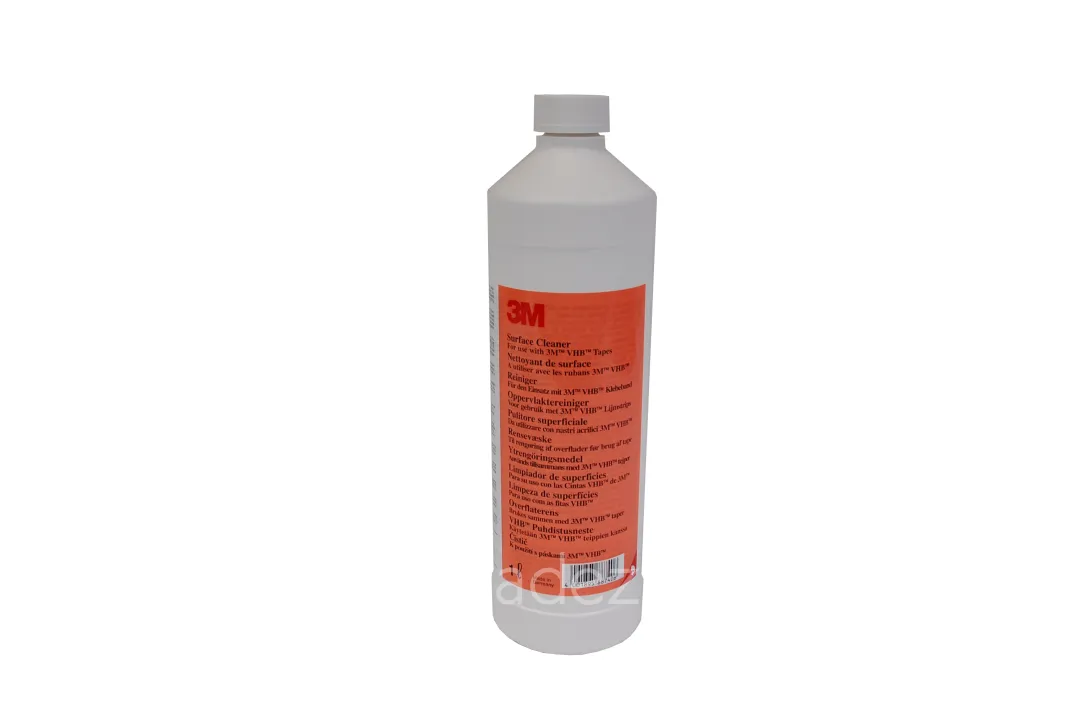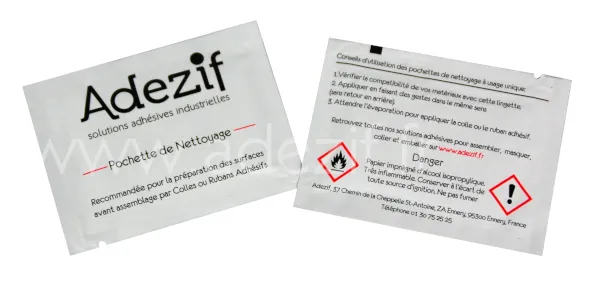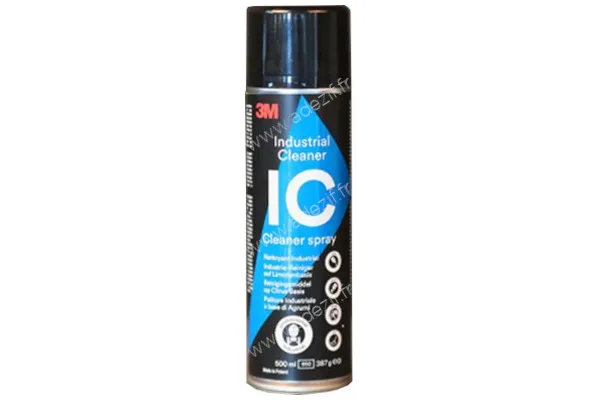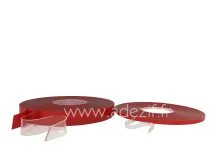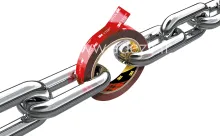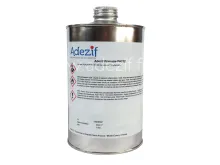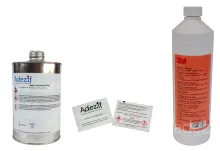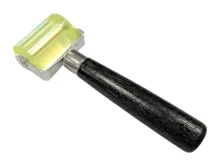Surface preparation and cleaning for adhesive bonding
- Steps for a strong and durable adhesive bonding
- Cleaning and degreasing surfaces before any assembly
- Steps to successful surface preparation
Quote
Close
You request has been sent.
We promise to respond to you in detail within 24 hours.
In the meantime, feel free to browse our other products.
Why Prepare the Surface Before Bonding?
Have you ever wondered why a bond is not strong enough when the adhesive solution used is supposed to be highly effective and durable ?
The problem may be due to inadequate surface preparation or cleaning.
A good surface preparation is essential before any bonding: it determines the quality and strength of your final assembly.
Having an excellent industrial glue or adhesive tape is not sufficient to make a durable bond. Cleaning and degreasing allows the removal of invisible dirt or elements attached to the surface and that are points where adhesion will not occur.
This is why your substrates must be completely dusted, degreased and cleaned. The method used will depend on the type of adhesive used and the substrate materials. Some types of surfaces require a quick cleanup, while others require thorough degreasing and preparation.
How to Clean and Degrease the Surface Before Bonding?
The following instructions are general guidelines that must be adapted according to the nature of the surfaces and the type of bonding.
- Check the compatibility of the surface with the degreasing and cleaning products. If necessary, do a preliminary test.
- Clean and degrease the surface.
Different methods are possible :
> Isopropyl alcohol-based cleaning solution: use it with a clean, lint-free cloth.
> Single-use cleaning wipe soaked in isopropyl alcohol solution.
> Degreaser aerosol: shake for 5 seconds, spray it directly onto the surface and wait a few minutes for complete penetration of the product.
In all cases, always apply your product in the same direction (never go backwards) so as not to bring back dirt or grease on the cleaned area.
- Wait for the total evaporation of the cleaner/degreaser.
- (Optional step depending on the substrate) Apply an adhesion promoter/primer on substrates with low surface energy (PP, PE, epoxy paint...), on specific rubber materials or on surfaces resistant to plasticizers (PVC, polyester paint). These surfaces require adhesion promoter application before bonding to reinforce the performance of your adhesive solution.
Different methods are possible :
> Pour the primer directly onto a clean cloth or small sponge and apply the primer over the entire surface.
> Use a dosing pen or a disposable ampoule to distribute the primer over the surface.
> Apply the adhesion promoter with a brush.
In all cases, wait until the primer has completely evaporated before applying the adhesive.
- Apply the adhesive and press it completely onto the surface for an optimal adhesion.
Examples of applications for surface preparation
Quickly detect the application with the UV indicator. Optimize quality control in case of outsourcing. Improve productivity.


